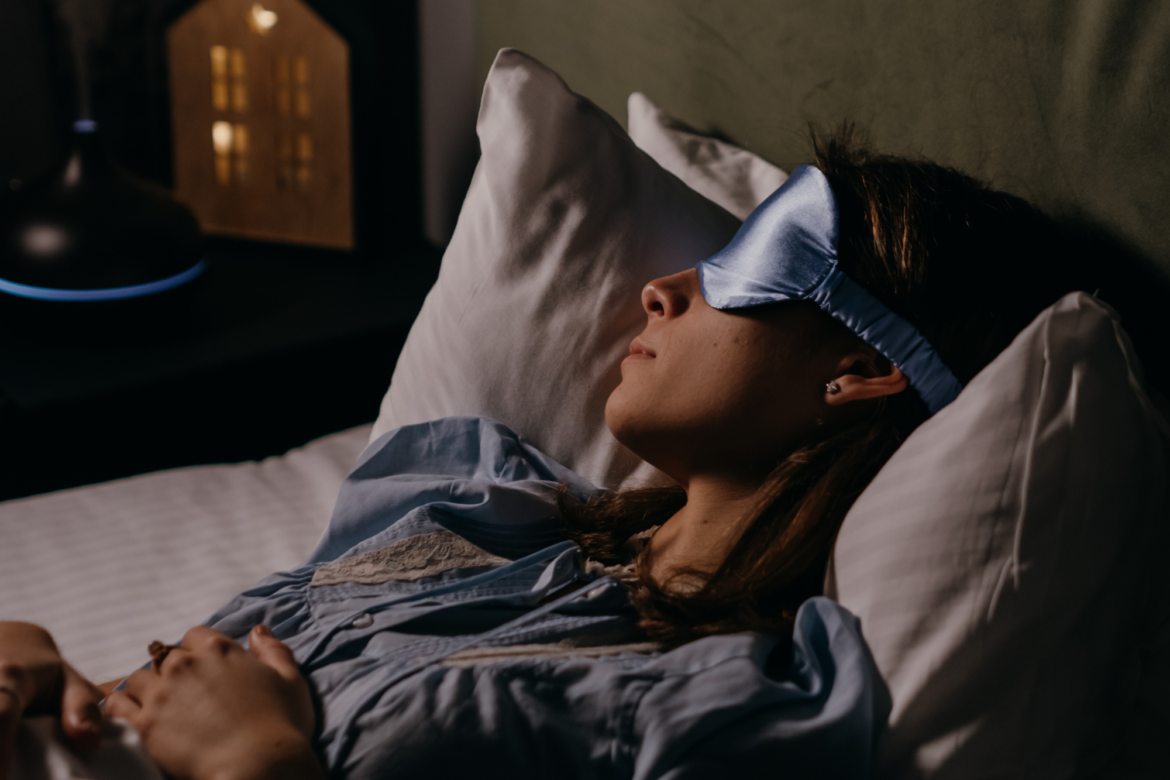A Better Night’s Sleep
Getting high-quality sleep is essential for the body to heal and repair cells and tissue. If you are waking up in the morning with increased pain and stiffness or struggling to fall asleep comfortably, you may not be sleeping in a way that properly supports your bones and joints.
In some cases, sleeping more comfortably and waking up feeling more refreshed can be achieved by changing your sleeping position. Below are a few different sleep positions to try based on the type of pain or discomfort you are experiencing.
Shoulder Pain
For people who sleep on their side, it is natural to assume a “fetal position” with the shoulders rolled forward and knees bent. This can cause tightness of the shoulder and chest muscles, resulting in stiffness and pain upon waking up. To prevent this from happening, try sleeping with a pillow tucked under your arm (pictured below), or hug a pillow to your chest with both arms loosely wrapped around it. In general, try to avoid sleeping on a painful shoulder.
Hip or Knee Pain
Lay on your side and position a pillow between your legs. The pillow keeps your pelvis and low back aligned to avoid positions that might otherwise elicit pain. Some people are comfortable with one pillow and other people find greater pain relief from one thicker pillow, or a thinner pillow folded in half.
Lower Back Pain
Lie on your back. Place a pillow under both thighs. The pillow elevates the legs slightly, which reduces the strain on the lower back. In this position, it is also important to ensure that your neck is in neutral alignment, meaning your head is neither flexed forward from too many pillows nor tilted backward from insufficient pillow support.
What about Stomach Sleeping?
The opinions about sleeping on your stomach vary depending on who you consult. In general, some people sleep on their stomachs without any issues and others cannot stand it. If you choose to sleep on your stomach, make sure you use a thin pillow to avoid overextending your head and neck, which can cause joint pain and stiffness.
Final Thoughts
It can be challenging to change your sleeping body mechanics. Be patient with yourself and allow several nights for your body to adjust and get comfortable. It is common for people to move around while they sleep and subsequently lose the pillows they intentionally positioned. Even just falling asleep initially in a position that better supports your body can help promote high-quality sleep.
Physical Therapists can help determine the best sleep position for you based on your unique symptoms, as well as address underlying causes. Schedule your appointment today to set up an appointment with a therapist to get a better night’s sleep.

